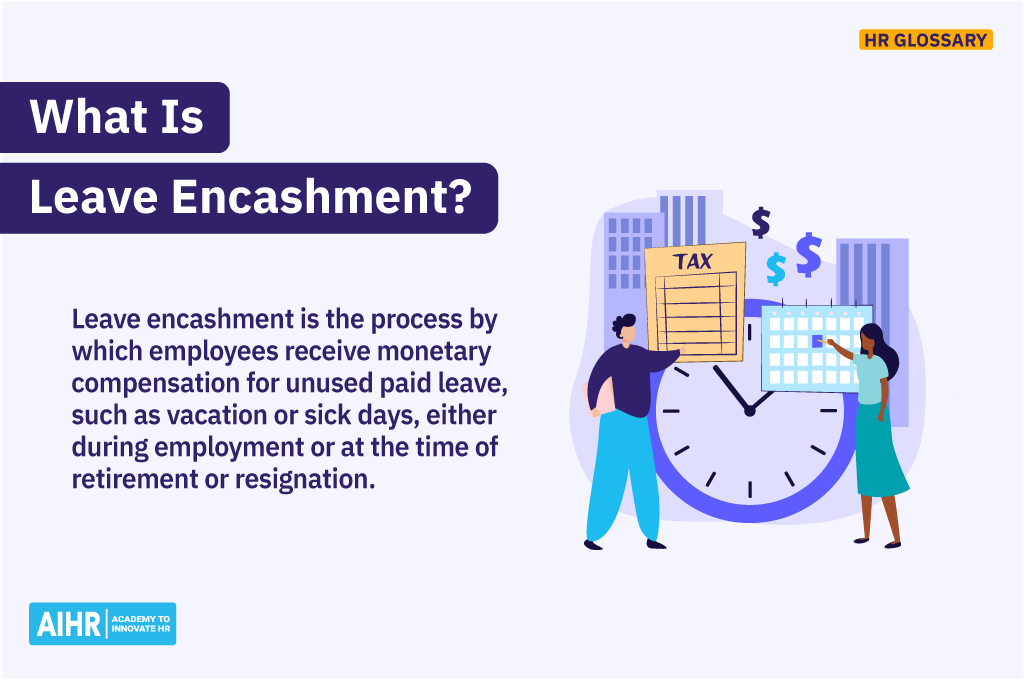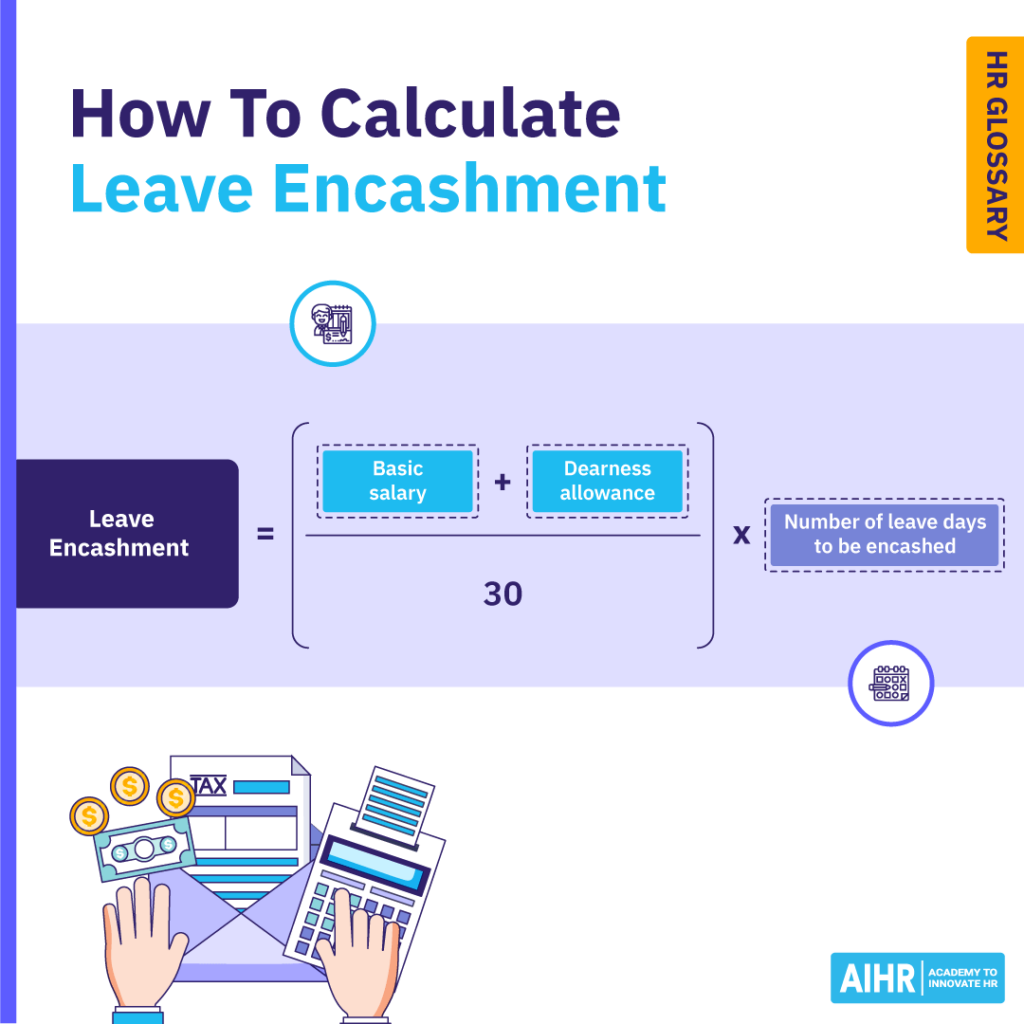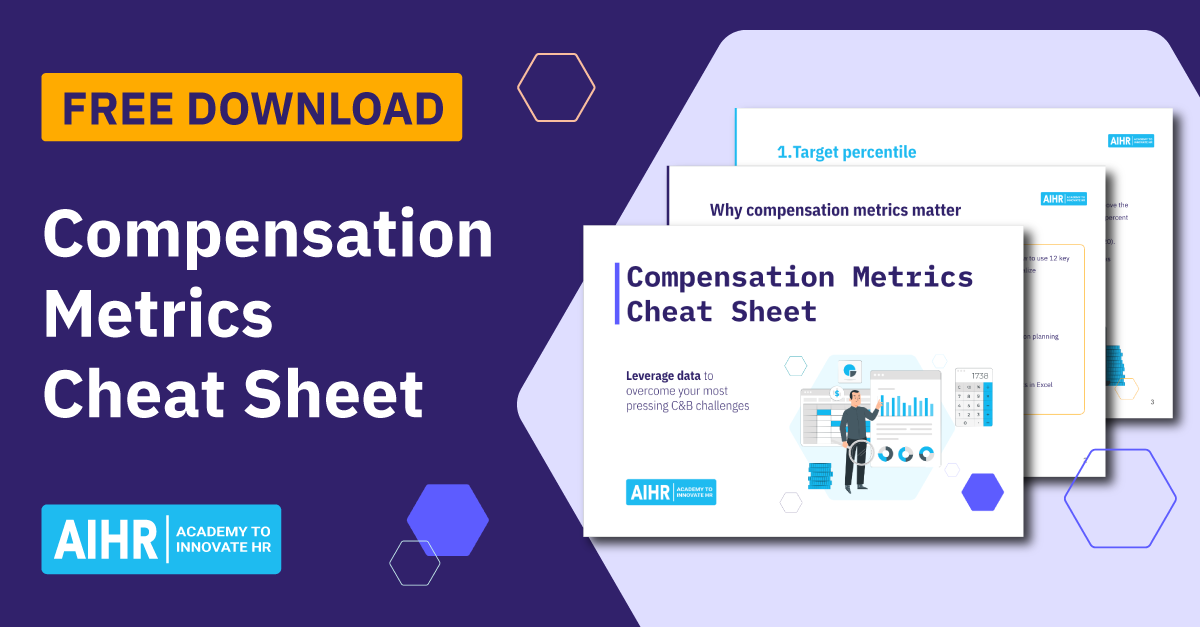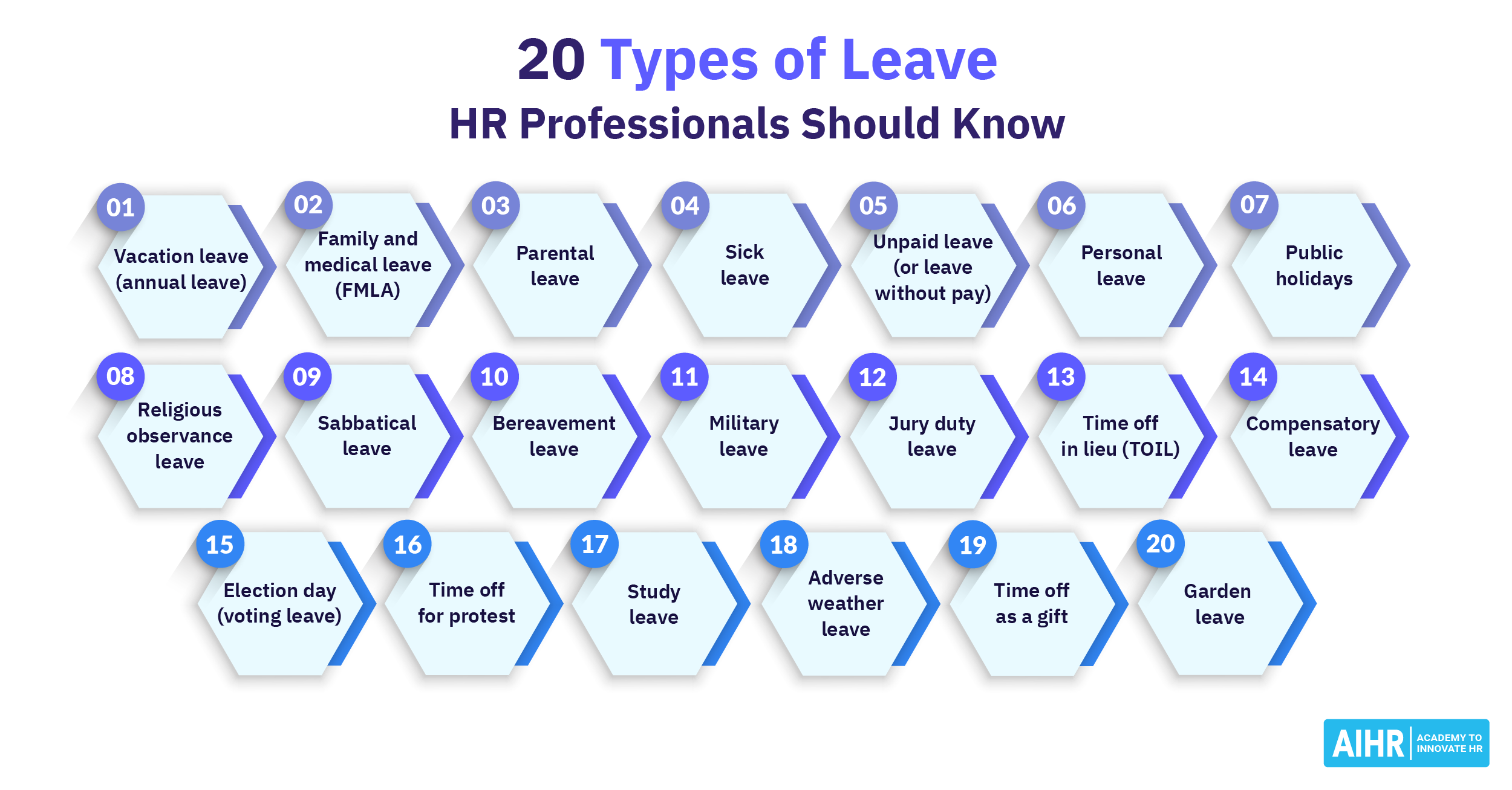Leave Encashment
What is leave encashment?
Leave encashment involves converting earned and unused employee leave benefits to monetary payments.
Instead of using their paid time off (PTO) during a specified period or allowing it to roll over to the next eligible period, employees can let these funds accrue and then cash them out later. Organizations can provide employees with a lump sum payment equal to the pay they would have received had they taken time off during their regular working hours.
Leave encashment is generally outlined by company policies for certain circumstances, including employee resignation, retirement, or other reasons for employees’ unused PTO.

What are the different types of leave?
Understanding the different types of leave employees can and cannot encash is essential, especially since leave encashment eligibility rules can vary depending on company policies, local labor laws, and employment agreements.
The types of employee leave can include:
- Casual leave: This is short-term leave employees can take for personal reasons. Companies generally provide seven to ten days of casual leave each year.
- Earned leave (EL)/privilege leave (PL): Time off earned or accrued through continued service that employees can take for personal or professional reasons.
- Sick/medical leave: Companies usually provide a limited number of sick days (three to seven on average) to allow employees to recover from illness or injury or to attend to sick family members. Sick leave is only encashable if permitted by company policies or mandated by local governing rules.
- Maternity leave: In India, employers provide 26 weeks of maternity twice during an employee’s tenure, with an additional six weeks granted for special situations. This may be combined with privilege or sick leave for medical reasons.
- Paternity leave: Fathers can receive up to 15 days of leave per child for up to two children.
- Bereavement leave: While this can vary by company, many employers offer each worker three to five days of paid leave a year to cope with the loss of a family member.
- Floater leave: Companies may allow employees to take a few days (often two each year) for religious or cultural observances not covered by public holidays in India.
- National holidays: Specific government-approved days when employees get PTO by default.
- Marital leave: Companies often provide special leave to employees who are getting married to give them time for their weddings and wedding celebrations.
- Sabbatical leave: In some cases, a company may grant a long-term leave to an employee who wishes to take a break for personal or professional reasons.
India’s encashment eligibility rules are as follows:
Casual leave
No. Casual leave lapses if unused at the end of the year.
Earned leave (EL) / privilege leave (PL)
Yes. Depending on company policy, EL or PL can either be encashed during employment or when an employee resigns, retires, or is fired or laid off.
Sick/medical leave
Allowed only if the company policy permits sick leave encashment. There may also be special requirements employees must meet to be eligible.
Maternity leave
Allowed only if the company policy permits maternity leave encashment. There may also be special requirements employees must meet to be eligible.
Paternity, bereavement, floater, marital or sabbatical leave, and national holidays
No. These types of leave cannot be accrued or encashed.
How to calculate leave encashment
To calculate leave encashment, determine the daily wage equivalent, divide it by the number of days in the month, and then multiply the result by the number of unused eligible leave days to be encashed.
In India, the daily wage includes a worker’s basic salary plus the Dearness Allowance (DA), which adjusts their daily wages according to the cost of living (based on the Consumer Price Index) to account for inflation. Use the following formula to calculate leave encashment:
| Leave encashment = | (Basic salary + Dearness Allowance) | x No of leave days to be encashed | |
| 30 | |||
Leave encashment exemption example
Let’s look at an example of leave encashment for a salaried employee, Sam, who has worked for an IT consulting firm for two years. In that time, Sam has accrued 25 unused EL days. He would like to cash them out before the coming year to pay for an impending trip.
Sam earns a yearly salary of ₹25,000, and his Dearness Allowance (DA) is ₹7,500. To calculate his daily wage equivalent, the payroll administrator adds his salary and DA and divides this by the number of days in the month (30).
Then, to calculate Sam’s total leave encashment, the administrator multiplies his daily wage equivalent by the number of unused leave days (25), giving the monetary value of his encashable leave:
| ₹27,083.25 = | (₹25,000 + ₹7,500) | x 25 | |
| 30 | |||
So, Sam will receive ₹27,083.25 for his 25 days of encashable leave.

Is leave encashment taxable?
Generally, leave encashment is taxable in India. However, there are complex rules and exemptions to be aware of. Under Section 89 of the Income Tax Act, this tax liability can depend on a number of factors, including:
- The amount received: If the payout is higher than the current limits set forth by the relevant laws, it will likely be taxed.
- Income of the individual receiving the encashment: Higher salaries generally result in higher taxes on these payments.
- Whether the encashment is part of retirement from service: Retirement benefits can influence whether or not the leave encashment is taxable.
Here are a few scenarios where leave encashment exemptions or limited tax relief are possible:
- Retirement: Under Section (10A) of the tax laws, employees may be eligible for some tax exemption if they receive this payout as part of their retirement. The encashment amount and their length of service may be factored into this relief.
- Illness or disability: India’s Income Tax Law provides relief for those who receive this benefit due to severe or long-term illness or injury that prevents them from working.
- Special cases: Leave encashment tax relief may be considered for workers impacted by a business closure. In addition, government employees often qualify for concessions if they meet specific service terms.
How can HR develop a leave encashment policy?
Here are some suggestions for developing a legally compliant strategic leave encashment policy:
- Understand the legal requirements: Familiarize yourself with specific labor laws and regulations in your country or region. These laws dictate eligibility factors, leave encashment calculation, and any applicable restrictions or exemptions. If your company’s budget permits, consult with a qualified legal professional who is well-versed in labor law to make sure your policy is compliant.
- Determine eligibility for encashment: Be clear on what types of leave are eligible for encashment (refer to the chart above for guidance). Establish the minimum period of continuous service required for eligibility, as well as the maximum amount of time an employee can cash out in each given period.
- Establish encashment criteria: Your policy should specify how to calculate leave encashment. Be sure to consider the employee’s basic salary and DA, as well as the number of leave days to be encashed. Determine how and when to leave to process encashments and tax requirements (if applicable) for each encashment issued.
- Outline procedures for special circumstances: Your policy should include a process for managing leave encashment in special circumstances. This should include employees who take both approved short- and long-term absences.
- Communicate leave encashment rules: Include the policy in the employee handbook to ensure everyone has access to it. Speak to employees who request leave encashment and explain how the company handles this process so they understand what to expect. Conduct regular training so both managers and employees understand how leave encashment works at your organization.
- Monitor and update: Get feedback from employees regarding the accessibility and practicality of the policy. This will help you identify areas for improvement and implement any necessary changes. Additionally, maintain records, conduct regular audits to ensure compliance, and update the policy to reflect regulatory changes. Be sure to also communicate any changes to the rest of the company in a timely manner.
FAQ
Generally, leave encashment is calculated by multiplying the number of days of leave available by the employee’s basic salary and Dearness Allowance.
The tax-free limit for leave encashment depends on various factors, including the employee’s age, length of service, and type of leave encashed. There may be specific exemptions or concessions available under applicable income tax laws.
The specific limit for leave encashment exemption can vary according to a region’s governing laws. For the most accurate information, consult with a qualified tax professional or refer to the relevant income tax laws.
For informational purposes only: This HR Glossary entry is only intended for general information purposes and does not constitute professional advice. Always consult with a qualified professional for accurate, complete and current information.









